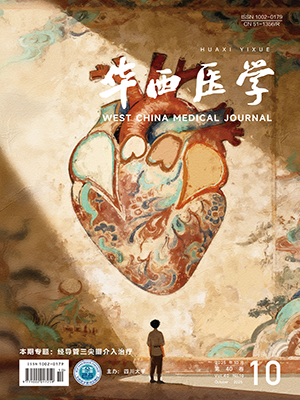【摘要】 目的 分析宜宾市第二人民医院2009年门、急诊麻醉药品的使用情况,促进麻醉药品使用的合理化和规范化。 方法 对2009年门急诊1 420张麻醉药品处方进行统计,统计处方总数,麻醉药品临床使用分布情况,根据药品分类分别统计麻醉药品的用药总量,各种麻醉药品的处方所占的比例,实际用药总天数等。对非癌症处方以用药频率及药物利用指数(DUI)为指标,癌症处方以用药天数及平均日用药量为指标进行进行统计、分析、评价。 结果 门急诊的麻醉药品有8种,盐酸吗啡缓释片的总用量居首位,盐酸哌替啶针在急诊处方中出现频率较高,芬太尼透皮贴剂的用药频度较小,药物利用指数均≤1。 结论 宜宾市第二人民医院的急诊麻醉药品使用基本合理。
A total of 1 420 pieces of narcotic drugs prescriptions for the outpatient in our hospital in 2009 were extracted. The total number of prescriptions, the distribution of the clinical use of narcotic drugs, the total amount of narcotic drugs according to different types, the proportion of each kind of narcotic drug prescription and the actual number of medication durations were counted and analyzed. Defined daily dose (DDD) and drug use index (DUI) of the non-cancer drugs prescription; meanwhile, the number of drug-using days and average daily amount of cancer drug prescription were statistically analyzed. Results There were eight kinds of narcotic drugs for the outpatients. The most total amount of narcotic drugs was morphine hydrochloride sustained release tablets; the medication frequency of pethidine injection in the emergency prescription was high and the medication frequency of transdermal fentanyl was low. The narcotic drugs utilization index was lower than one. Conclusion The use of narcotic drugs in our hospital is rational.
Citation: SHEN Hongping,ZHANG Xiaochun,LEI Kaijian. Analysis of Narcotic Drugs Prescription for the Outpatients. West China Medical Journal, 2011, 26(1): 69-71. doi: Copy
Copyright © the editorial department of West China Medical Journal of West China Medical Publisher. All rights reserved




